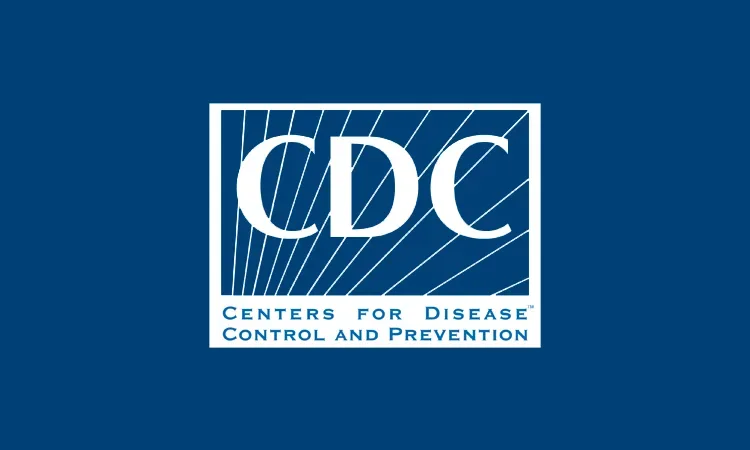CDC Recommendations for Preventing Viral Pathogens in Long-Term Care
To ensure the well-being of residents and staff in long-term care settings, it’s crucial to review the latest comprehensive infection control measures recommended by the Centers for Disease Control and Prevention (CDC). Vigilance and communication are key in preventing transmission of viral respiratory infections, including the notorious influenza virus and the ever-present threat of COVID-19.
One of the first lines of defense is optimizing administrative and engineering controls, including indoor air quality. Crowding should be limited in communal spaces, and — particularly when incidence rates are higher in the area — residents with respiratory symptoms should sit strategically apart from others. And don’t forget about sustaining or improving indoor air quality to enhance safety measures.
Communication is paramount in stopping infectious spread. Buildings should post visible alerts at the entrances about infection symptoms and prevention measures. During this time, the CDC recommends that visitors with symptoms postpone non-urgent visits, wear masks if needed, and maintain impeccable hand hygiene. It’s all about setting expectations and fostering a community-wide commitment to infection control.
Signage should reference respiratory hygiene and cough etiquette, with proper equipment at sign-in desks and entrances. Buildings should provide masks, conveniently located dispensers of alcohol-based hand sanitizer, tissues, and no-touch receptacles for used tissues.
The CDC also recommends source control, or the universal use of respirators/masks. Residents, especially those at high risk, are encouraged to wear the most protective mask consistently. The CDC suggests implementing universal source control during periods of heightened community respiratory virus transmission, which can be discontinued after an outbreak.
Finally, long-term care facilities are encouraged to provide CDC’s occupational infection prevention and control recommendations to staff. This includes promoting and facilitating the recommended vaccines and establishing sick leave policies that are non-punitive, flexible, and in line with public health guidance.
For the complete CDC guidance, along with corresponding links, click here. Click here to download an essential tip sheet, including links.
